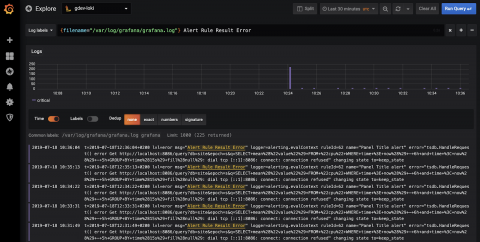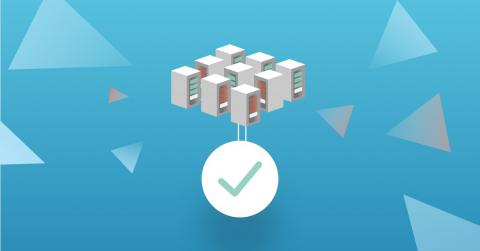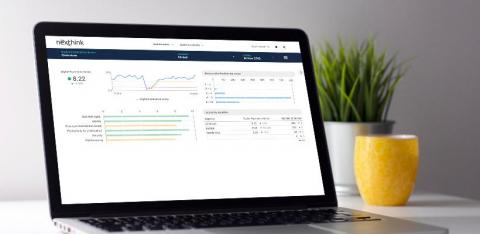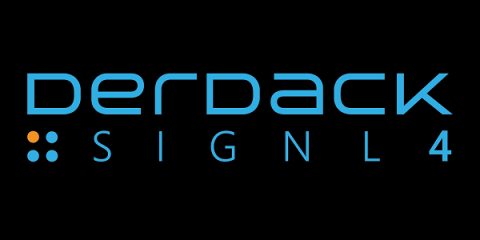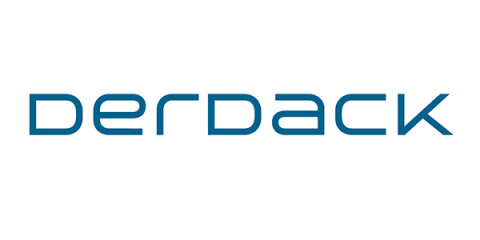6 ways to reduce Time to First Byte (TTFB)
Do you want to improve your user satisfaction and boost your Google page rankings? You’ve come to the right place. A better user experience starts with your website’s time to first byte (TTFB). We’ve got 6 actionable tips to help you measure and improve your time to first byte (TTFB).



